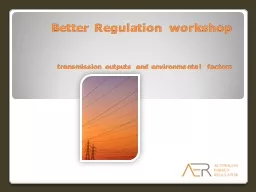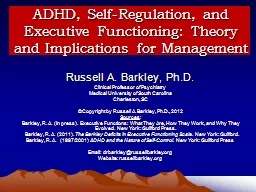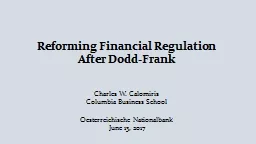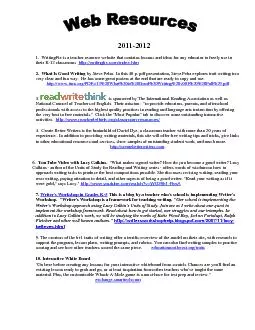PPT-Better Regulation workshop
Author : debby-jeon | Published Date : 2019-11-22
Better Regulation workshop transmission outputs and environmental factors Agenda Time Item 1300 Opening by Mark McLeish 1315 Application of economic benchmarking
Presentation Embed Code
Download Presentation
Download Presentation The PPT/PDF document "Better Regulation workshop" is the property of its rightful owner. Permission is granted to download and print the materials on this website for personal, non-commercial use only, and to display it on your personal computer provided you do not modify the materials and that you retain all copyright notices contained in the materials. By downloading content from our website, you accept the terms of this agreement.
Better Regulation workshop: Transcript
Download Rules Of Document
"Better Regulation workshop"The content belongs to its owner. You may download and print it for personal use, without modification, and keep all copyright notices. By downloading, you agree to these terms.
Related Documents














